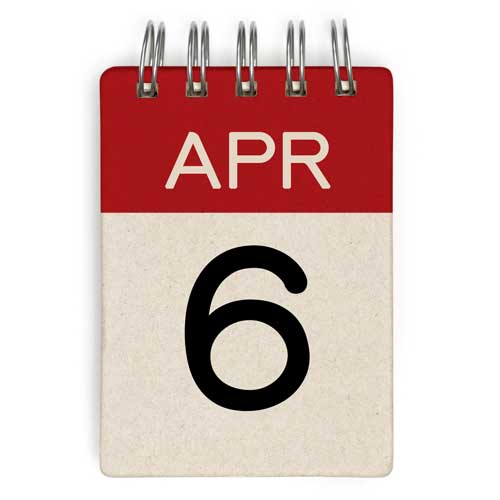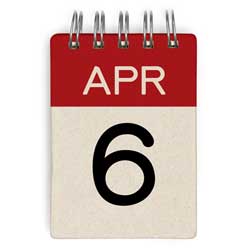There are many types of income and for each that apply to you, there may be allowances, reliefs and exemptions that should be utilised fully in order for your tax bill to be as low as possible. We are now a week from the end of the 2017/2018 tax year. This year started April 6th 2017 and ends April 5th 2018. Tax owed for this year is paid at the latest on 31st January 2019, allowing for payments on account.
We will go through each of the type of income and list things that you still have time to action.
-
Self Employed
- There are many reliefs and expenses that can be used to reduce the amount of profit that is liable to tax. Use our tax reliefs and expenses calculator to see how these can be used to reduce your tax bill - this applies to self employed or employed people. Maximise, or bring forward any expenditure before April 5th to include it as an allowable expense. This includes capital expenditure of big ticket items like vehicles, tools, office hardware/software packages.
- Unless you are accounting using the cash basis, where under a certain turnover you are allowed to do your books based on actually money spent and received, your invoices count as your tax point. Delay issuing big invoices until April 6th to move the tax liability to the next tax year.
- The basic personal allowance for all taxpayers in the 2017 tax year is £11,500 - as well as other allowances like the dividend allowance of £5,000 (reducing to £2,000 next year, so use the extra now). If you have family or friends that work for you, make use of these allowances. If not, you can use the marriage tax allowance that allows you to transfer up to ten percent of your spouse or partners allowance to yourself.
- There are a number of losses you can claim for from the 2013/2014 tax year that will expire at the end of this tax year (5th April). This includes trading losses, losses from termination of a trade as well as capital losses.
-
Savings
- There are a number of ISA products where the government tops-up or contributes to the account. The Help to Buy ISA gives £50 for every £200 deposit (max. £3,000). If you are, or you have family/friends who are, saving for their first home, you can help gain 25 percent on the savings. It's a monthly savings account (capped to £200 per month) but in the first month £1,200 can be deposited. Do this for a couple and your £2,400 contribution gives them £600 free.
- Lifetime ISA are an alternative to pensions for people between 18 and 39 years old. The top up is 25% at the end of each tax year on contributions. This is capped to £4,000 max deposit in one year - so a free £1,000 if not already used this year.
-
Capital Gains
- There is a £11,300 annual exempt amount on capital gains - use it as it won't be rolled over to next year. Calculate your capital gains taxes using our calculator.
- Look into assets you have that are no longer worth anything to use as capital losses to offset your gains.
-
Inheritance Tax
- You can make many small gifts worth up to £250 that are exempt from inheritance taxes.
- You have a non-rolled over annual exempt amount of £3,000, or double that if no gifts were made in the preceding tax year.
-
Property
- Rent-a-room relief allows you to rent a room (in your home) and earn up to £7,500 per tax year without any tax liability.
- You can borrow against equity in a property in your portfolio without having to pay taxes on the money released.
- See our capital gains tip above!
-
Charity
- Charities enrolled in gift aid can reclaim the basic rate tax on your contributions, effectively turning an £80 contribution by you into £100. You can also then claim tax relief at your marginal rates.
-
Child Benefit
- Child benefit is withdrawn for those earning over £50,000 so making pension contributions can bring you under this limit. The same can reduce your liability to higher rates of tax and the tapering of the personal allowance when income exceeds £100,000.
Remember, the 2018/2019 tax year starts April 6th and brings with it new tax allowances and adjustments to bands. People in Scotland have more drastic changes to their tax allowances and bands. Our calculators have already been updated for all changes for 2018/2019 - just select the new tax year when calculating.



